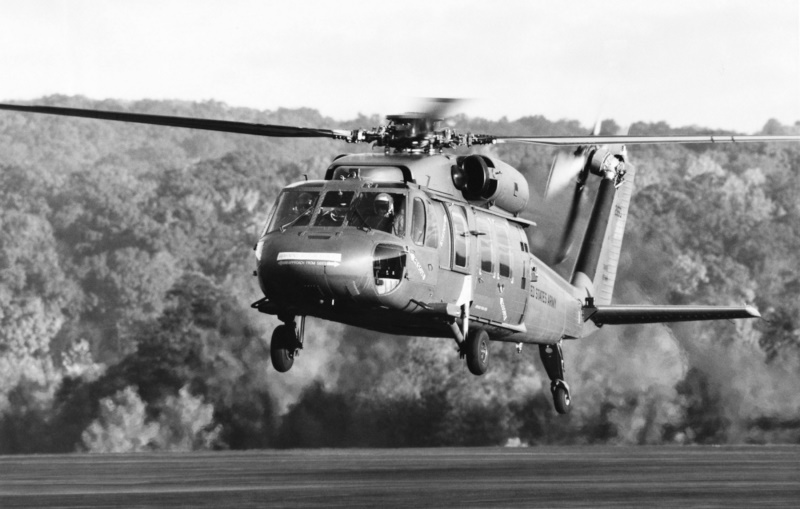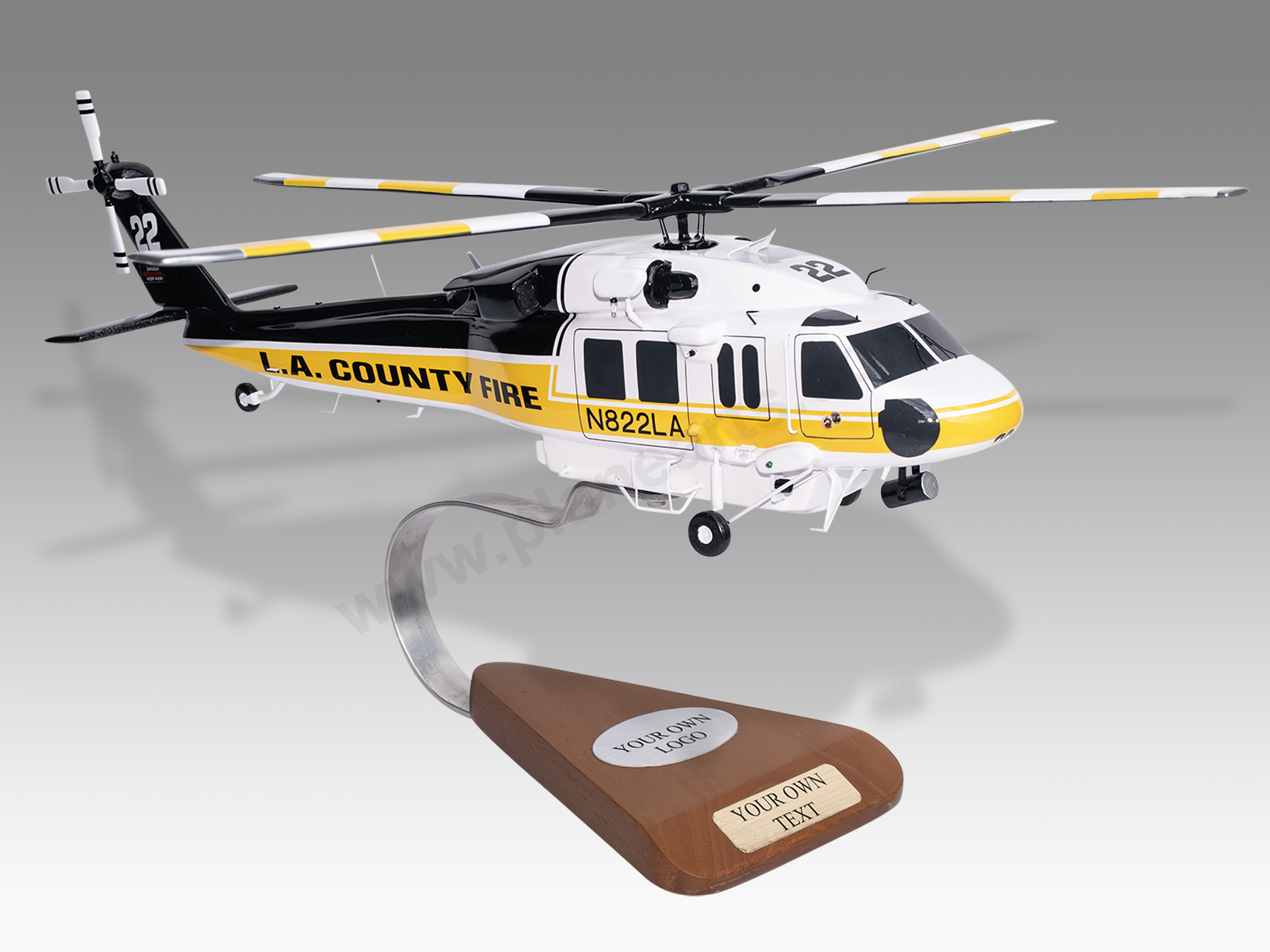A Check out the Sikorsky S 70's Function in Armed forces and Civil Aviation
A Check out the Sikorsky S 70's Function in Armed forces and Civil Aviation
Blog Article
High-Performance Multi-Role Rotorcraft Featuring Advanced Cockpit Technologies and Integrated Sensing Unit Equipments
The world of rotorcraft innovation has seen remarkable advancements in current times, specifically in the world of high-performance multi-role rotorcraft equipped with advanced cabin technologies and seamlessly integrated sensor systems. In the following discussion, we will discover the advancement of rotorcraft innovation, dig into the world of sophisticated cabin technologies, and check out the ramifications of incorporated sensor systems on the functional convenience and performance of modern rotorcraft.
Evolution of Rotorcraft Technology
The evolution of rotorcraft technology has actually been marked by significant developments in the rules of aerodynamics, products, and propulsion systems, forming the capabilities and performance of modern-day rotorcraft. Wind resistant improvements have improved the performance and maneuverability of rotorcraft, enabling enhanced rate, agility, and stability throughout trip (sikorsky s 70). Advancements in materials, such as making use of composite materials and progressed alloys, have caused lighter yet stronger rotorcraft frameworks, boosting general efficiency and toughness. Furthermore, developments in propulsion systems, consisting of much more effective engines and innovative propulsion modern technologies, have actually allowed rotorcraft to accomplish greater elevations, faster rates, and greater payloads.
These improvements have not only changed the abilities of rotorcraft but have actually additionally expanded their applications across various industries, including armed forces, industrial, and emergency situation services. The constant development of rotorcraft technology proceeds to drive advancement in the field, pressing the borders of what is possible and shaping the future of vertical flight.
Advanced Cabin Innovations
Structure upon the foundational developments in the rules of aerodynamics, materials, and propulsion systems, the realm of rotorcraft modern technology currently changes focus in the direction of pioneering Advanced Cockpit Innovations. The combination of cutting-edge technologies within the cockpit setting plays an important function in enhancing the functional capabilities, security, and efficiency of modern-day rotorcraft. sikorsky s 70. Advanced Cockpit Innovations encompass a large range of attributes designed to supply pilots with boosted situational understanding, structured information administration, and intuitive control user interfaces
Among the essential advancements in cockpit layout is the execution of glass cockpits, which change standard analog evaluates with high-resolution screens. These electronic systems use personalized formats, real-time information combination, and boosted readability, making it possible for pilots to gain access to essential info at a glance. Progressed avionics systems, such as fly-by-wire controls and increased fact displays, are changing exactly how pilots communicate with the airplane, enabling for precise control and improved decision-making capacities.


Including advanced cabin advancements not just boosts pilot efficiency yet additionally adds to overall mission effectiveness and security in intricate functional environments. By leveraging cutting edge modern technologies within the cockpit, rotorcraft manufacturers are setting brand-new criteria for functional quality and objective success.
Integrated Sensor Systems
With the advancement of rotorcraft technology, the integration of innovative Integrated Sensing unit Systems has ended up being extremely important in improving operational effectiveness and safety and security. These Integrated Sensor Solutions encompass a broad array of innovations that give crucial information for various functions such as navigation, surveillance, targeting, and environmental surveillance. By flawlessly integrating sensing units like radars, electronic cameras, lidar, and infrared systems into rotorcraft, drivers can gain from boosted situational recognition, improved objective capabilities, and minimized pilot workload.
One trick benefit of Integrated Sensing unit Solutions is their capability to collect real-time data and provide workable insights to pilots and objective drivers. As an example, progressed radar systems can discover and track targets over cross countries, permitting early hazard discovery and reliable reaction preparation. Additionally, integrating infrared and electro-optical cameras enables rotorcraft to perform reconnaissance and monitoring missions with precision and accuracy.
Fundamentally, the integration of advanced sensing unit innovations right go to this web-site into rotorcraft not only improves functional performance yet also contributes considerably to total mission success and staff security. As rotorcraft remain to progress, the role of Integrated Sensing unit Equipment will undoubtedly remain at the leading edge of development in the aerospace industry.
Functional Convenience and Efficiency
Enhancing functional convenience and efficiency in rotorcraft is a natural development from the integration of sophisticated Integrated Sensor Systems. By leveraging the insights and information provided by these innovative sensor systems, rotorcraft can optimize their performance across numerous missions and environments.
Operational convenience incorporates the capability of rotorcraft to adjust to various roles and situations efficiently. With innovative cockpit innovations and incorporated sensing unit systems, rotorcraft can effortlessly change in between tasks such as search and rescue, clinical discharge, security, and a lot more. This convenience improves the rotorcraft's ability to fulfill diverse functional requirements without requiring extensive reconfiguration.
Performance in rotorcraft operations is vital for maximizing mission performance and resource application. Integrated sensing unit systems play a pivotal function in enhancing operational performance by providing real-time data on weather condition conditions, terrain mapping, target monitoring, and extra. This data makes it possible for pilots to make educated decisions quickly, optimize trip courses, preserve fuel, and boost overall mission efficiency.
Impact on Modern Aviation Operations

Additionally, the integration of sophisticated sensors helps with boosted goal planning and execution, enabling rotorcraft to perform a vast array of tasks with boosted precision. From search and rescue procedures to airborne firefighting and legislation enforcement missions, the Website capabilities of modern-day rotorcraft outfitted with innovative cockpit modern technologies and integrated sensing unit systems are unmatched.
Additionally, the impact of these improvements expands beyond operational efficiency to cost-effectiveness and sustainability. By optimizing flight courses, gas consumption, and upkeep timetables, high-performance rotorcraft equipped with advanced cabin modern technologies and sensors contribute to lowering functional costs and environmental impact, making them essential assets in modern-day air travel operations.
Verdict
Finally, the high-performance multi-role rotorcraft with sophisticated cabin modern technologies and integrated sensing unit systems stands for a considerable development in aeronautics modern technology. These technologies enhance functional adaptability and efficiency, eventually affecting modern aviation operations in a positive way. The assimilation of these innovative technologies enables enhanced capacities and performance in numerous mission situations, showcasing the continued improvement of rotorcraft modern technology in important site the air travel market.
The world of rotorcraft innovation has seen noteworthy innovations in recent times, especially in the world of high-performance multi-role rotorcraft geared up with cutting-edge cabin innovations and effortlessly incorporated sensing unit systems. From enhanced goal adaptability to enhanced operational effectiveness, the merging of sophisticated cockpit innovations and incorporated sensor systems has ushered in a new era of possibilities for rotorcraft applications. In the adhering to conversation, we will certainly check out the advancement of rotorcraft technology, dig right into the realm of advanced cockpit advancements, and examine the ramifications of incorporated sensor systems on the functional versatility and performance of modern rotorcraft.

Report this page